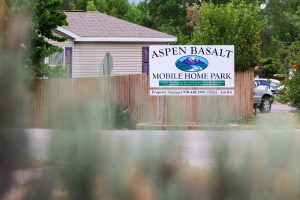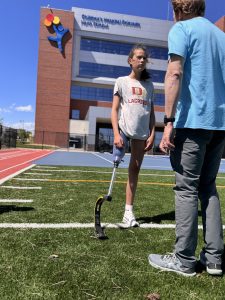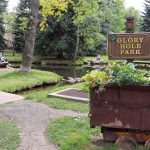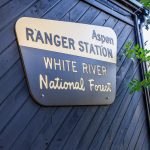Iconic Western Slope landscapes face sharpened pressure
New Wilderness Workshop report identifies the Crystal River, Thompson Divide and other legendary spots with wildlife habitat, clean water, and migration corridors at risk.
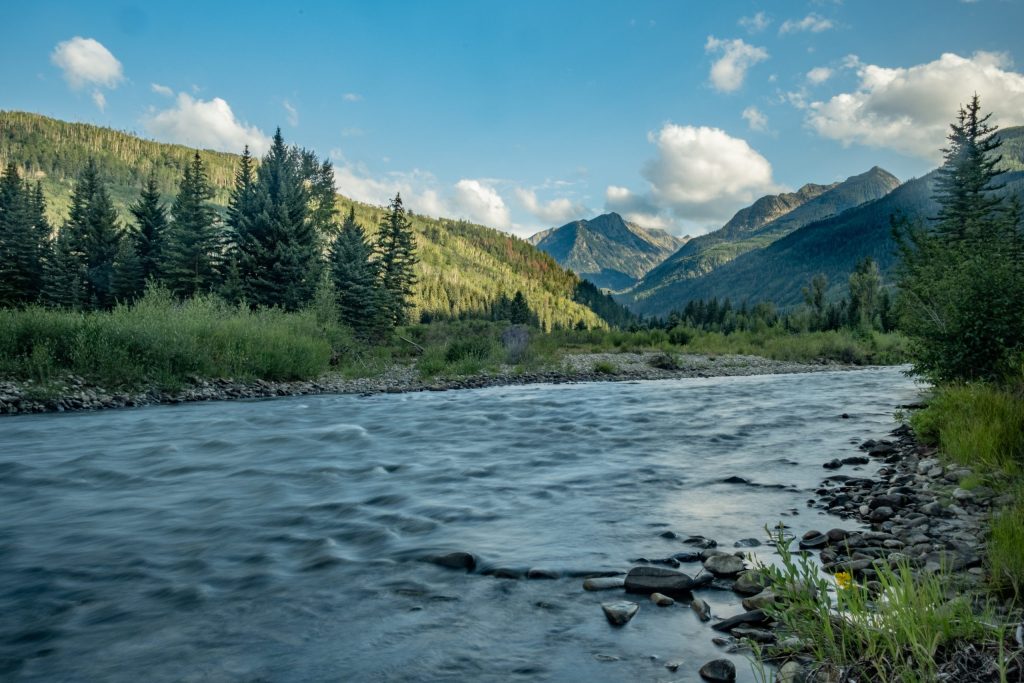
Courtesy/Sam Sheppard
Public lands, and gorgeous wildlife landscapes are vital to the identity of Colorado, though they are at serious risk of being irrevocably changed.
According to the Wilderness Workshop, places like the Crystal River, the Thompson Divide, the Colorado River Valley, and more across the Western Slope are all facing massive risks.
The Wilderness Workshop released a 30-page report called “Wild for Good” on Friday morning, detailing 10 landscapes throughout the Western Slope in which wildlife habitat, migration corridors, clean water and the Colorado recreation economy are at risk.
“It’s both a warning and a road map,” Wilderness Workshop Campaign Director Michael Gorman said. “It identifies ten wildlife landscapes here in western Colorado and talks about which areas are at risk and which ones are the most urgent to protect. We’ve chosen these landscapes not just because they’re beautiful backdrops, but because they’re essential to our way of life in Colorado.”
The report, released Friday morning in coordination with National Public Lands Day, singled out the Colorado River Valley, the Continental Divide, the Crystal River, the Dolores River Canyon, the Greater Dinosaur area, the Homestake Valley, the North Fork Valley, Red Table Mountain, the Roan Plateau, and the Thompson Divide as ten landscapes facing significant risks.
The report states the significant and unique issues each area is facing and details specific steps that can be taken in pursuit of conservation.
The report outlines how the Roan Plateau and North Fork Valley face ongoing oil and gas development threats and includes rising water demands and the lack of protection for the Crystal River.
“Whether it’s supplying water to farms and towns, providing habitat for deer, elk, and all the wildlife, or fueling our recreation economy, these are places that are at risk and deserve permanent protection,” Gorman said.
In a Friday news release from the Wilderness Workshop, the nonprofit called for action and pointed to prior community-driven projects that defended the Thompson Divide and created the Maroon Bells-Snowmass Wilderness.
“The other reason we chose these specific landscapes is because we thought they’re winnable,” Gorman explained. “They’re places that have community support, places where ranchers, local governments, businesses, and a whole community of people who love these landscapes — so I think that unity gives us a real chance at securing permanent protection.
For Gorman, the opportunity wasn’t just about protecting vital lands to Colorado, it was about a broader bipartisan effort to show how important public lands are.
“The ultimate goal is permanent protection for each of these areas,” he said. “The report is really a call to action, and bringing our voices together and getting our leaders to listen to their constituents is very important. There are people on both sides of the aisle working to protect public lands, and we have seen over the past few months that public lands are not a partisan issue. We have seen people all over the political spectrum coming out to say why they support public lands, so I think there’s real momentum there and the issue is a unifying factor.”
Gorman continued to explain how Colorado has always been a trailblazer when it comes to conservation efforts, and how taking pride in the Colorado character can help make a difference for the next generation.
“Public lands are a proud part of our identity, and Colorado has always been a leader in conservation,” he said. “Thankfully, earlier generations had the foresight to protect places like the Maroon Bells and the Hunter Frying Pan. That took a lot of work, and today it’s our turn. We’re at a place where if we fail to act, we are at serious risk of losing these places for good.”
Gorman urged citizens to read the report at wildforgood.org and then visit landscapes that play a crucial role in the health of the Western Slope. He explained that a personal connection with the areas in need of protection will be harder for legislators to ignore.
“We need people to explore some of these landscapes and learn about why they’re so important,” he said. “Speaking together and urging our leaders to take bold action comes from an understanding of the issues.”More information is available at wildernessworkshop.org. To read the 30-page report, visit wildforgood.org.
Pitkin County hears details on deed restriction for mobile homes park purchase
April Long, executive director of WMRHC, made a recent appearance in front of the Pitkin County Board of County Commissioners on Thursday to fill them in and let the commissioners know what exactly their $3.25 million contribution was buying.
